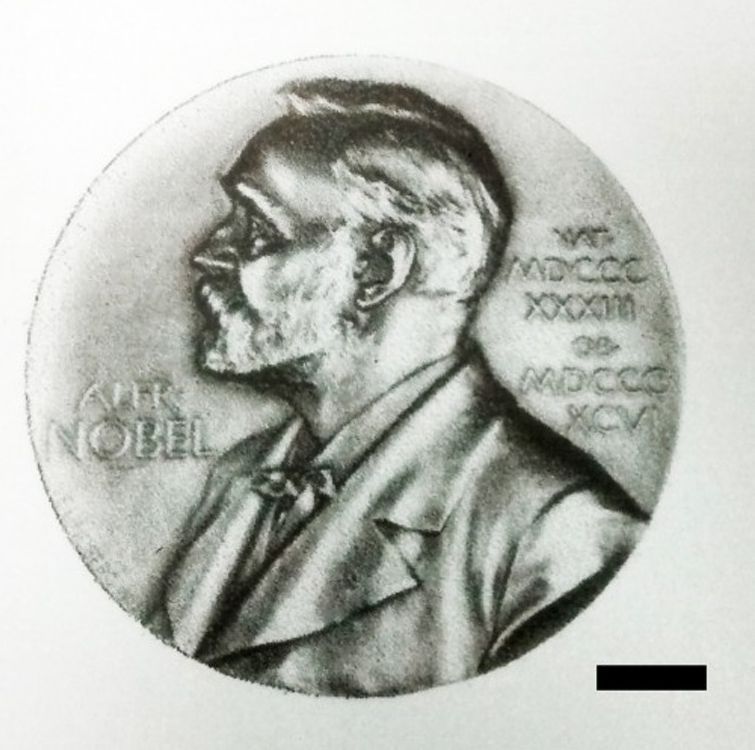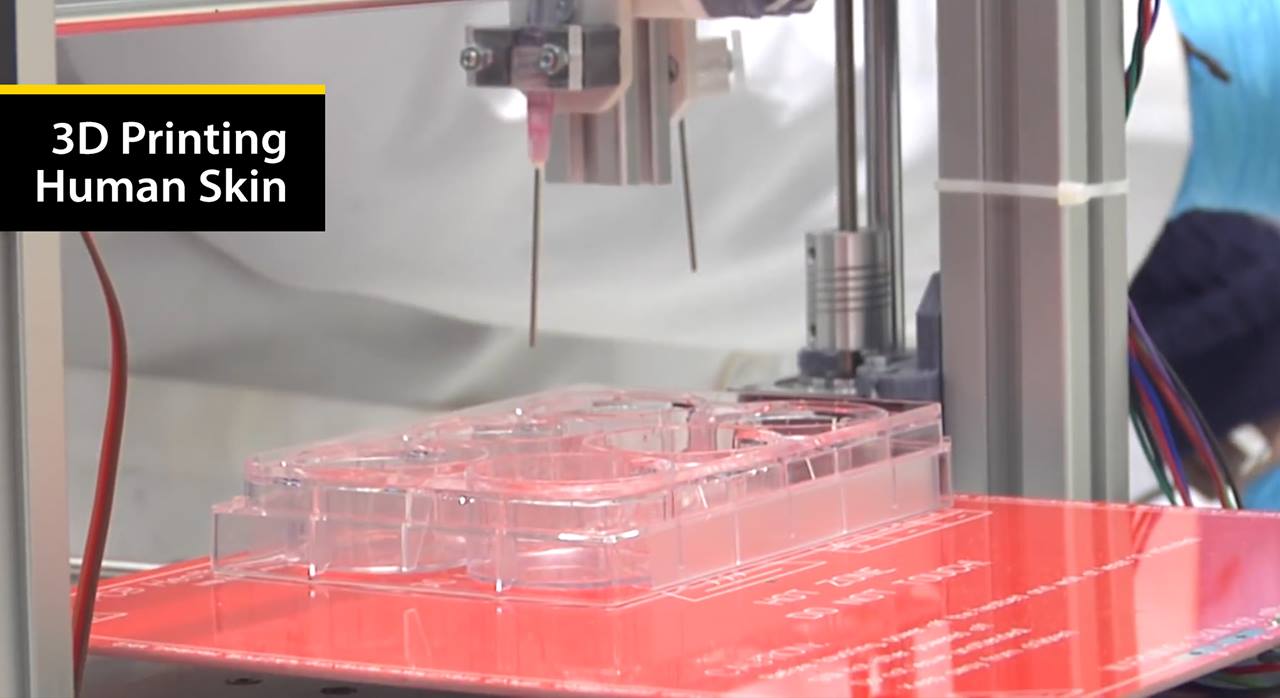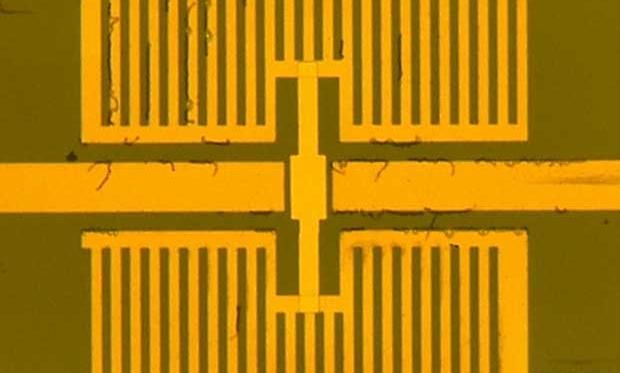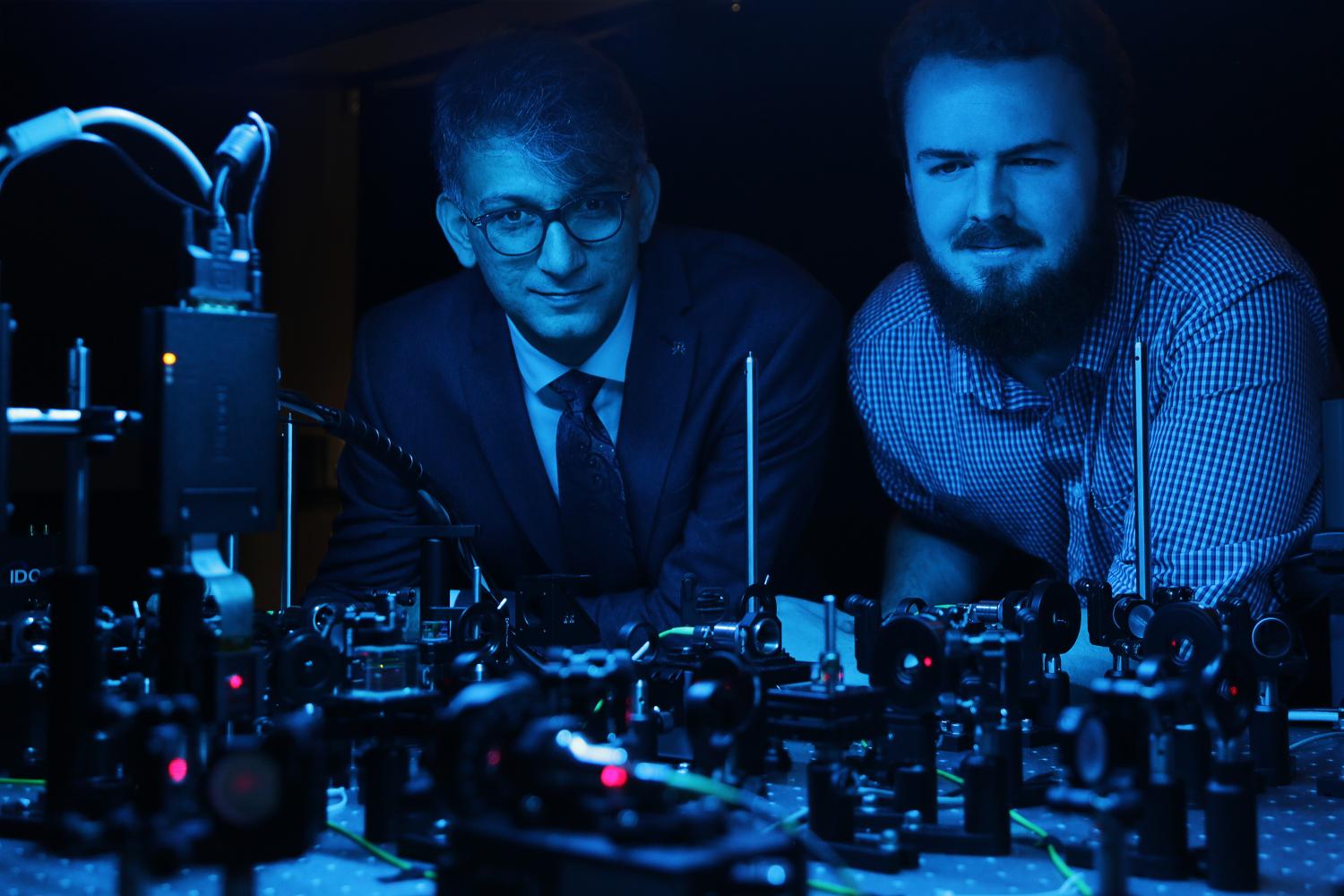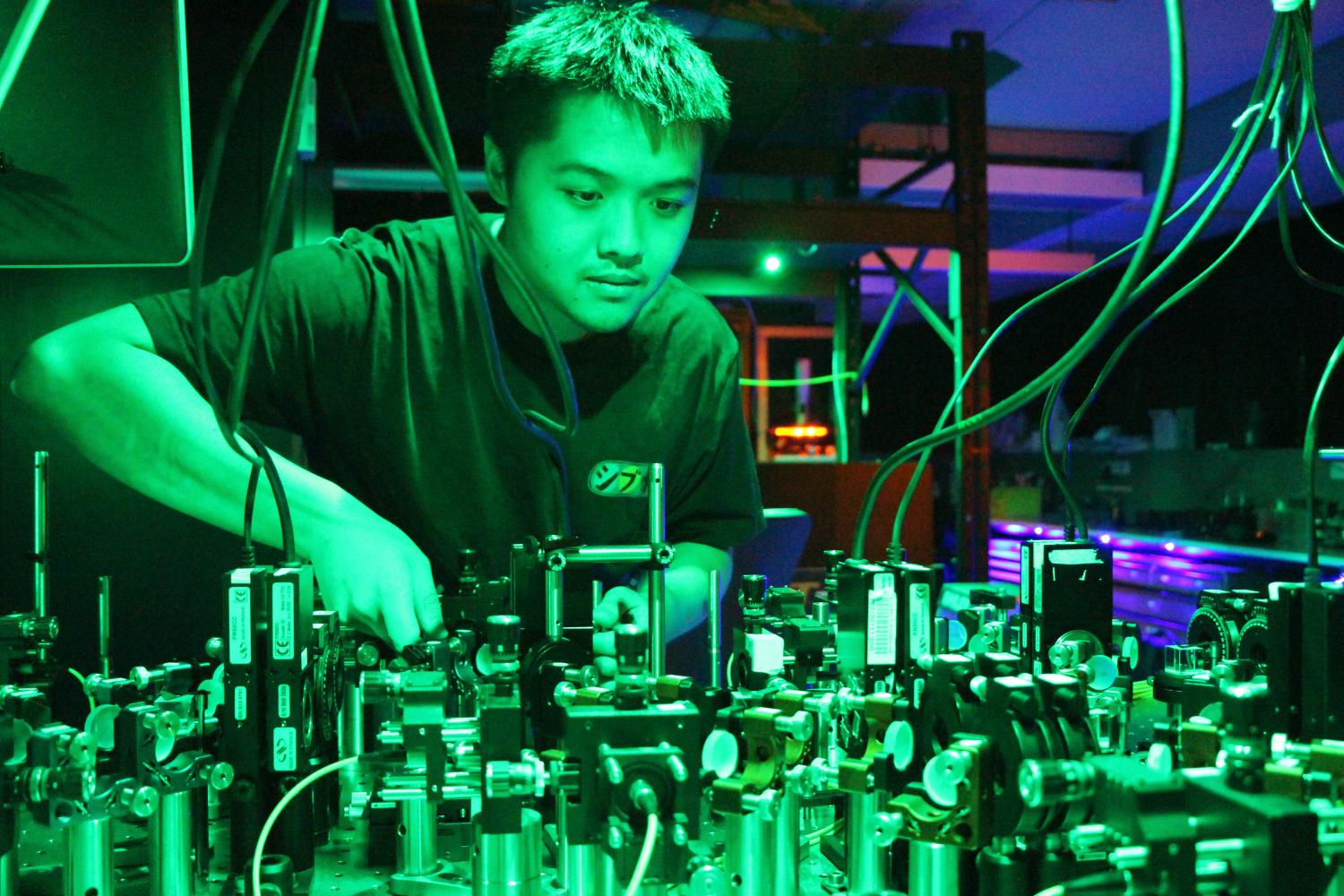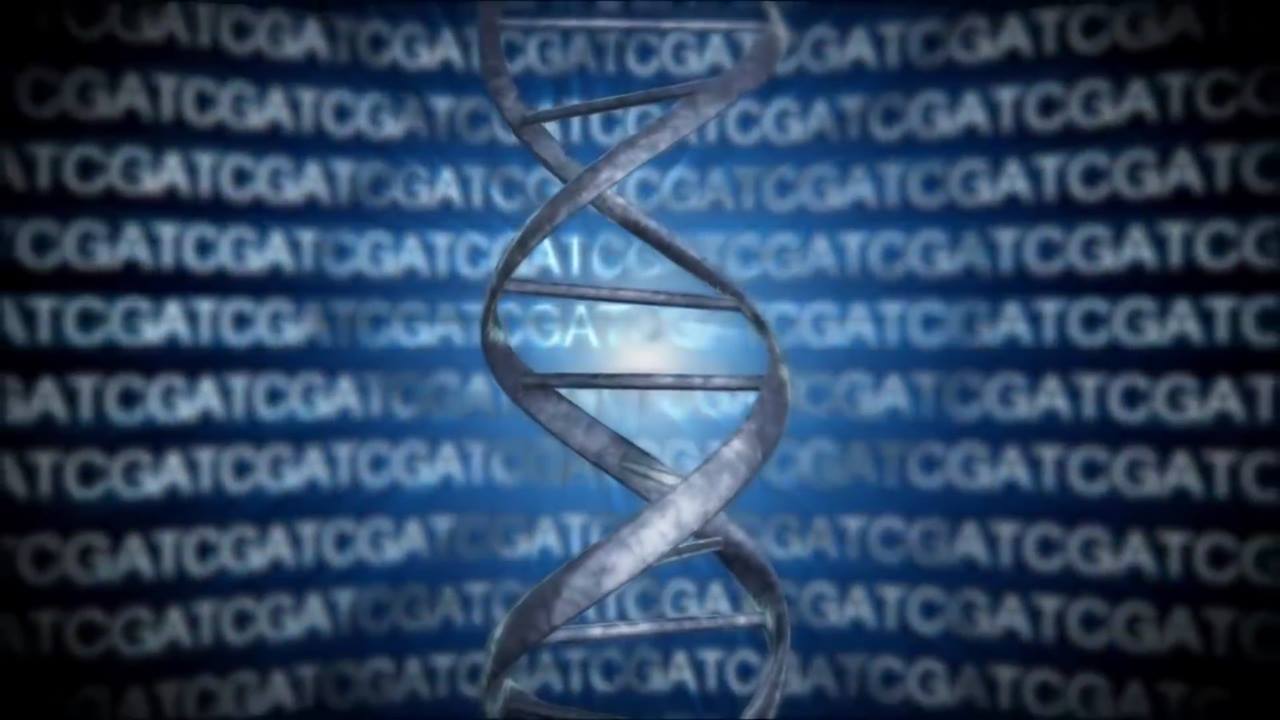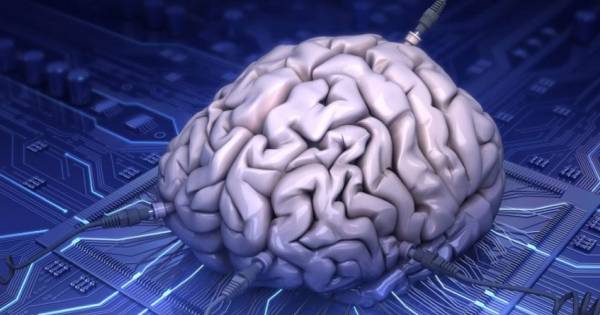Feb 3, 2017
Water-based and biocompatible 2D inks for printed electronics
Posted by Karen Hurst in categories: electronics, materials
Luv this.
Researchers at The University of Manchester have developed a method of producing water-based and inkjet printable 2D material inks, which could bring 2D crystal heterostructures from the lab into real-world products.
Examples include efficient light detectors, and devices that are able to store information encoded in binary form which have been demonstrated, in collaboration with the University of Pisa.
Continue reading “Water-based and biocompatible 2D inks for printed electronics” »
